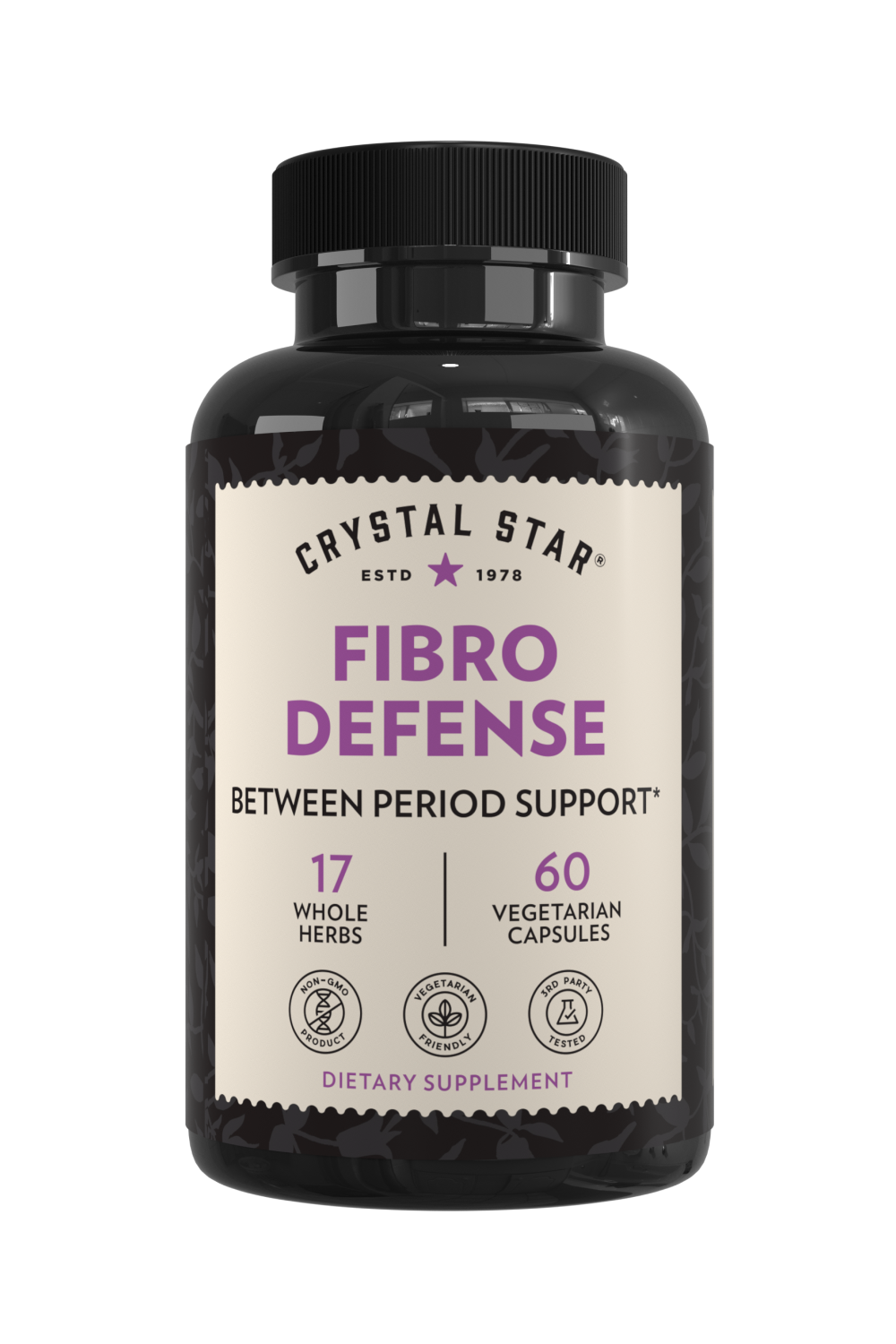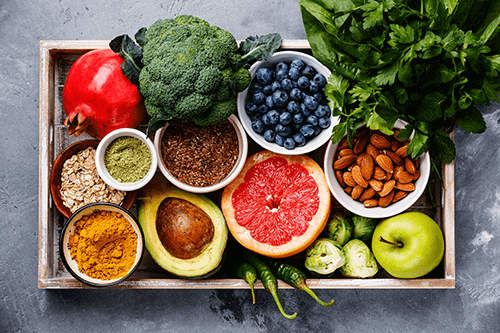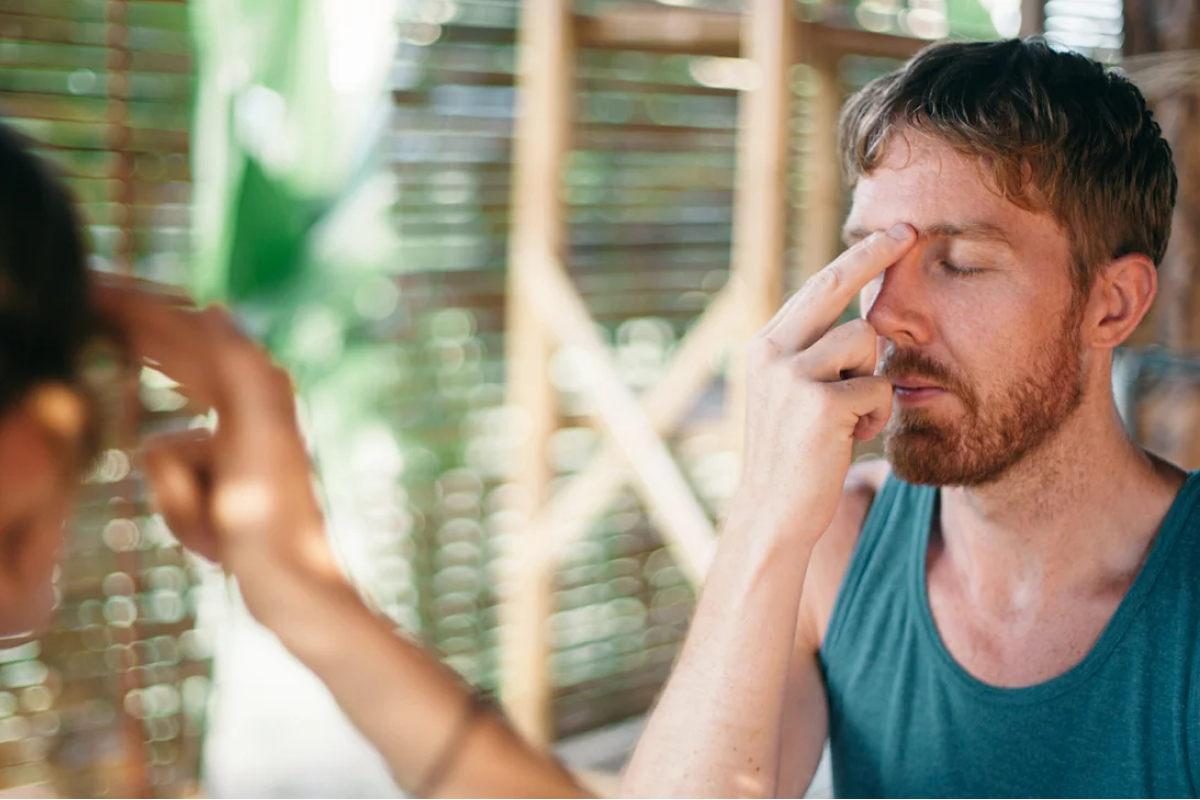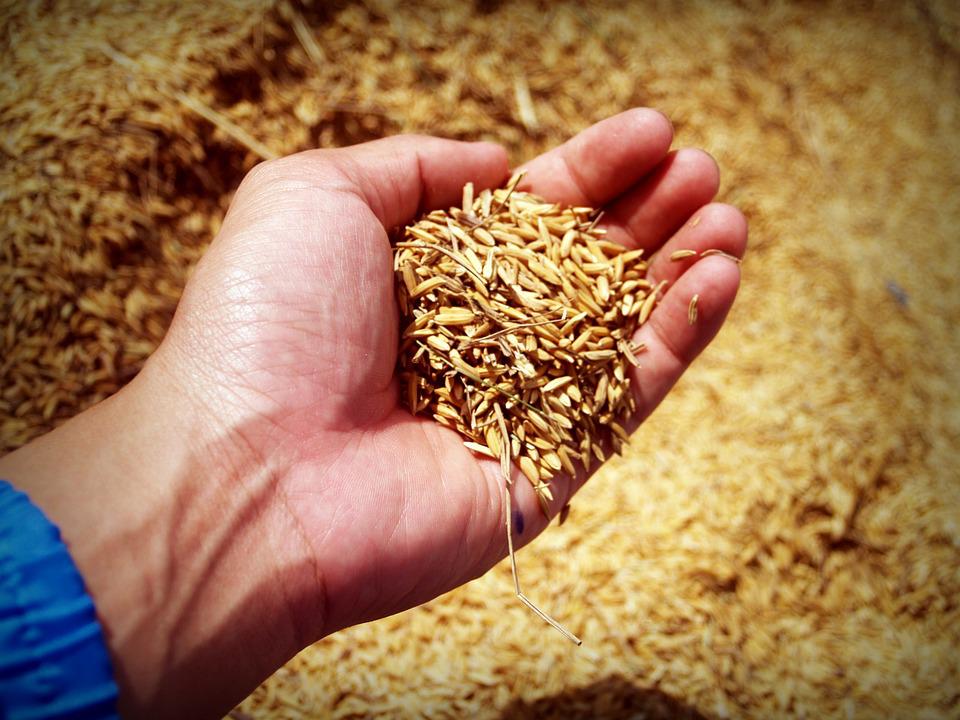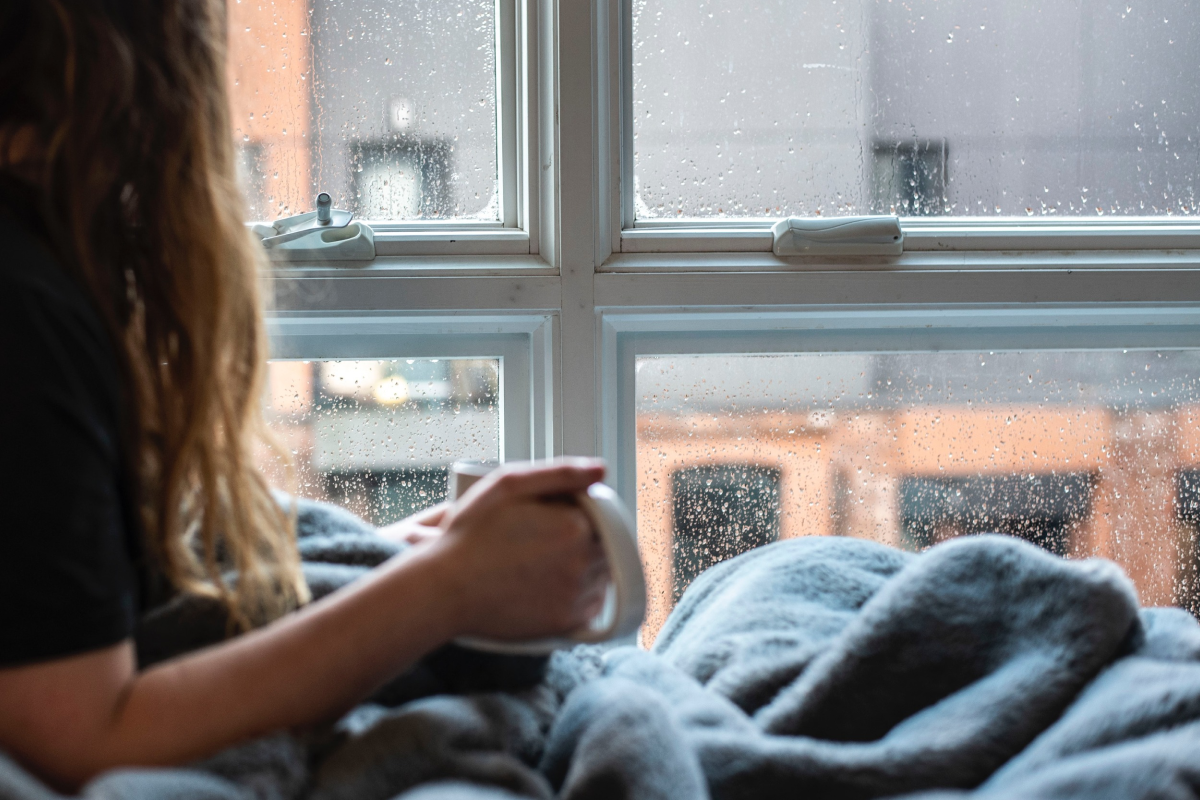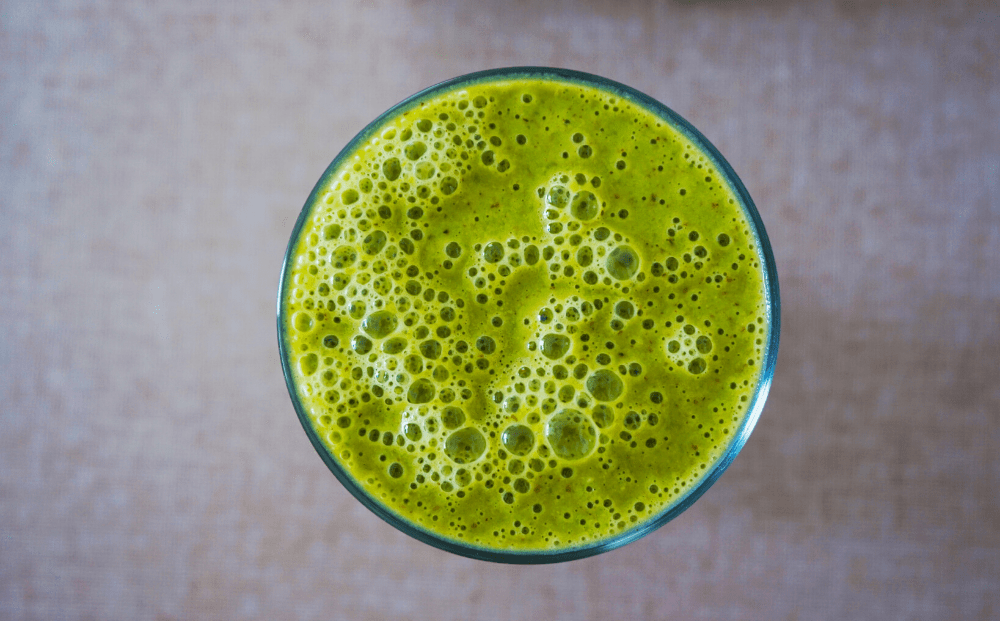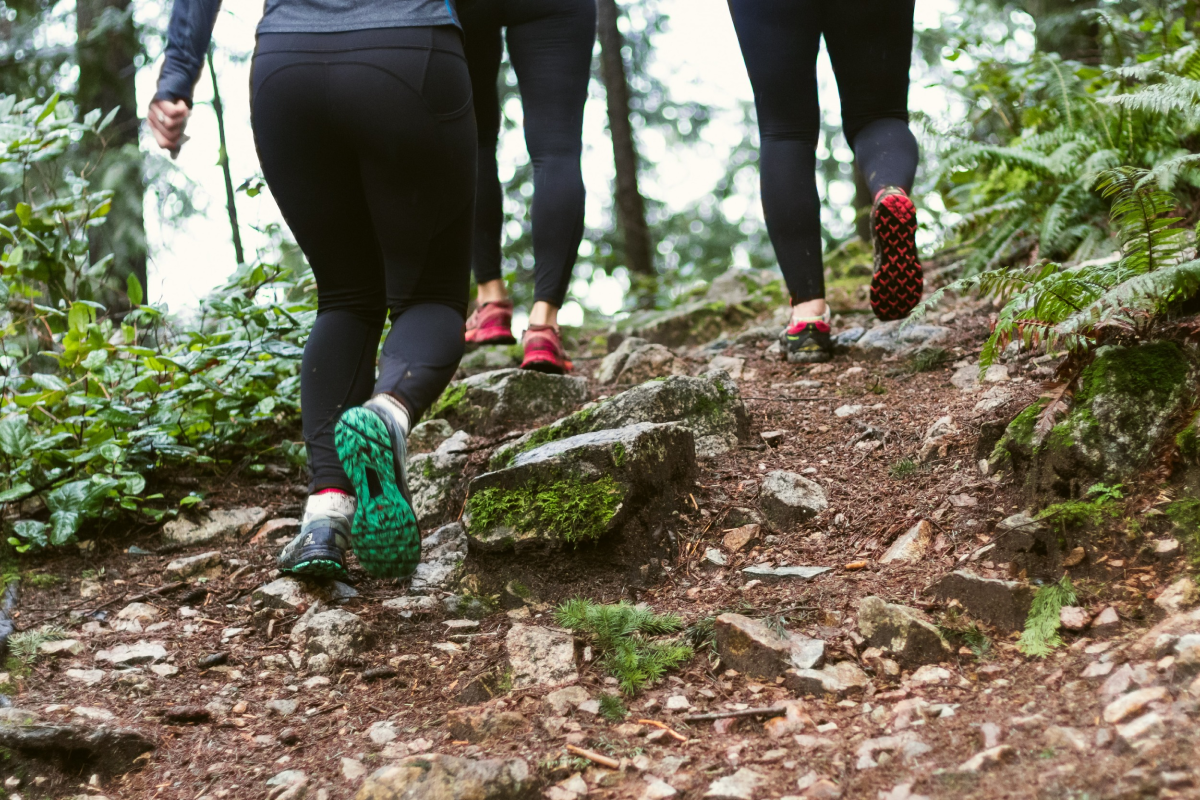
Get friendly with GABA, the brain molecule that beats anxiety
What Causes Anxiety?
Feeling anxious? You’re in good company. Some studies show that as many as 1 in 3 people are affected by anxiety disorders in their lifetimes—and that’s to say nothing of the day-to-day anxiety and stress that come from being a busy adult.
As with many other mood disorders, scientists aren’t sure exactly what causes anxiety. But most researchers believe that mood disorders are linked to a dysregulation of neurotransmitters–the molecules that communicate messages in the brain to orchestrate many of our mind and body processes, including mood.
You’ve probably heard of serotonin and dopamine—they’re the neurotransmitters that aid emotional wellbeing, and deficiencies in them are linked to both anxiety and depression. In fact, selective serotonin reuptake inhibitors (SSRIs) are one of the most commonly prescribed drugs for depression and anxiety, and they work in part by increasing serotonin levels in your brain.
But the neurotransmitter most often connected specifically with anxiety is one you may not have heard of: gamma-aminobutyric acid (GABA).
What is GABA?
GABA is our primary inhibitory neurotransmitter, meaning that its main job is to calm our nervous system. So it makes sense that without enough of it, you might feel anxious. As well as making you feel more relaxed, GABA helps regulate your mood, attention, and sleep. It also helps counteract addictive tendencies.
Like other neurotransmitters, GABA communicates between brain cells by binding to specific receptors. Receptors are shaped so that they can only absorb one particular neurotransmitter and not others.
Think of neurotransmitters and receptors like a puzzle: the knob has to go in the knob-shaped space; it won’t fit anywhere else, and no other piece will fit where it’s meant to go. When your GABA receptors catch a molecule that’s the right shape, they transmit the message of calm. So for your brain to absorb GABA well, you need both GABA-shaped molecules (the round knob) and GABA receptors (the round space). You can boost each of these capabilities in different ways.
Is Your Gut Talking To Your Brain?
It’s all very well to say that GABA deficiency contributes to anxiety—but what causes GABA deficiency?
For a long time, doctors have been treating neurotransmitter dysfunction as the root cause of mood disorders, but there’s a growing body of science that suggests that our neurotransmitter levels are controlled in part by our gut health, and specifically, the health of the bacteria that live in our guts.
Our bodies are home to trillions of microorganisms, most of which are bacteria. You might associate bacteria with sickness, but for the most part, the bacteria living in our bodies work to keep us healthy. In particular, the bacteria Lactobacillus and Bifidobacterium are linked with GABA production, and hence with fighting anxiety.
Help Your Gut Grow Good Bacteria
As well as being good for you nutritionally, a balanced diet low in processed foods helps your gut maintain a good bacteria balance. Specifically, emulsifiers and other food additives—found in many processed foods—have been shown to kill healthy gut bacteria. At the other end of the spectrum, high-fiber, plant-based foods (think fruits, vegetables, nuts, seeds, and whole grains) promote healthy gut bacteria.
But on top of the balanced-diet approach (which is never a bad idea), there are specific foods you can introduce to your diet to increase your Lactobacillus and Bifidobacterium, and help your brain create more GABA. Another plus to this method is that, unlike antidepressant medication, naturally producing your own GABA has no side-effects.
The key here is to find foods that are fermented with lactic acid. There are a lot to choose from: kimchi, sauerkraut, yogurt, tempeh, miso, kombucha, sourdough bread, and even soy sauce all fall into this category. And if you’re adventurous, you can do a lot of the fermenting yourself.
Ferment At Home
Fermenting isn’t just for foodies–there are simple, low-cost ways you can start fermenting your food at home. Here are some good ways to get started.
OATMEAL
The easiest way to ferment oats is to soak them in water at room temperature.
Add equal parts oats and water, loosely cover your container, and leave it out for 12–48 hours. Then, prepare the oats however you normally would.
A quicker way to start the fermentation process is to add a spoonful of yogurt to the oats and water. The healthy bacteria in the yogurt kickstarts the fermentation, so with this method you only need to leave the oats out overnight.
Tips:
- The longer you leave oats to ferment, the sourer they’ll taste. Some people like them this way, but if you want your oats to taste the way they usually do, eat them after 12 hours. For a more neutral flavor, you can rinse them before eating, too.
- You can add spices like cinnamon, cardamom or ginger to the oats before you soak them—they’ll soak up the flavor.
- Not into oats? You can also ferment just about any other breakfast grain, like millet or teff.
YOGURT
It’s really easy to make your own yogurt—all you need is organic milk, a few spoonfuls of store-bought, unsweetened organic yogurt, and a heavy saucepan with a lid.
Use one tablespoon of yogurt for every two cups of milk. Heat the milk until just before it boils, then cool it until it’s just warm. Mix a little of the milk with the yogurt, then whisk the milk–yogurt mixture into the warm milk.
Then, you want to keep the yogurt warm while it sets: either wrap it in towels, put it in the oven with only the oven light on, or pour it into a thermos, and leave it for at least eight hours.
Or, if you have an Instant Pot, you can check out this recipe here.
Tips:
- Choose a starter organic yogurt that contains active cultures—look for Lactobacillus bulgaricus and Streptococcus thermophilus.
- If you have a candy thermometer, you can control the heating and cooling process more precisely. You’re looking to heat the milk to 180°F, cool it to 115°F and then set it at 110°F.
- Set aside a bit of your yogurt in the fridge to use as the starter for the next batch.
VEGETABLES
You can ferment just about any vegetable, but crunchy ones will maintain a better texture—think carrots, beets, radishes, or cucumber.
Other than the vegetable you want to ferment, all you need is a jar with a tight seal, filtered water, and salt. Dissolve one tablespoon of salt in two cups of water. Put the vegetables in the jar, completely submerge them in the salt water, close the lid tightly, and leave the jar unopened in a cool, dark place for about three weeks.
Tips:
- Choose organic vegetables. The pesticides used on conventionally grown vegetables kill some of the good bacteria you want to nurture.
- Unrefined salt, like sea salt or Himalayan salt, works best. If the salt you use contains an anti-caking agent, the fermentation process will still work, but the water will be cloudy.
- Add fresh herbs or garlic to enhance the flavor.
Health Note: Keep Everything Clean
By fermenting your food at home, you’re giving good bacteria the time to grow. You want to make sure you’re not inviting any bad bacteria in at the same time. Just make sure your hands and all your cooking equipment are very clean, and your creations will be safe and healthy.
Fight GABA Deficiency With Herbs
The natural remedies for anxiety related to GABA deficiency fall into two categories: ones that help create GABA (like fermentation) and ones that bind to GABA receptors (like herbal supplements).
Out of a wide range of natural remedies, the herbs that have proved to make the biggest difference to anxiety are kava kava and passionflower—and both herbs work by simulating GABA production in the brain. In other words, these herbs aren’t actually GABA supplements, but they fool our brains into believing they are. Their molecules are the same shape as GABA molecules, so our GABA receptors will bind to them and transmit their calming message, exactly as if they were GABA.
A good herbal blend will combine kava kava with other herbs thought to simulate GABA, like black haw and ashwagandha.
If you’re dealing with low mood as well as feeling anxious, a blend that combines kava kava with St. John’s Wort (shown to ease mild to moderate depression) is a good choice. St. John’s Wort can sometimes interact with other medications, so check with your doctor if this is a concern for you.
If your anxiety is affecting your sleep, look for blends with both kava kava and passionflower, alongside valerian, which scientists think might help people fall asleep more easily and sleep more deeply.
Take Care Of Your Body, Brain, and Spirit
While the link between GABA and anxiety is pretty clear, it’s not the whole picture. Scientists think anxiety is usually due to some combination of genetics, stress, and environmental factors, so there’s no one anxiety treatment that works for everyone.
It’s a good idea to think of diet as only one component of taking care of your mental health. On top of that, exercise is well-established as an important way to fight anxiety. Cognitive behavioral therapy and mindfulness meditation have also been shown to ease anxiety for many people.
It’s also never a bad idea to check in with your doctor if you’re feeling overwhelmed. Listen to the way you’re feeling, and trust that there’s a way to feel better. The science behind anxiety is improving all the time, so there are more and more precise ways to help yourself feel healthy, calm and strong.


